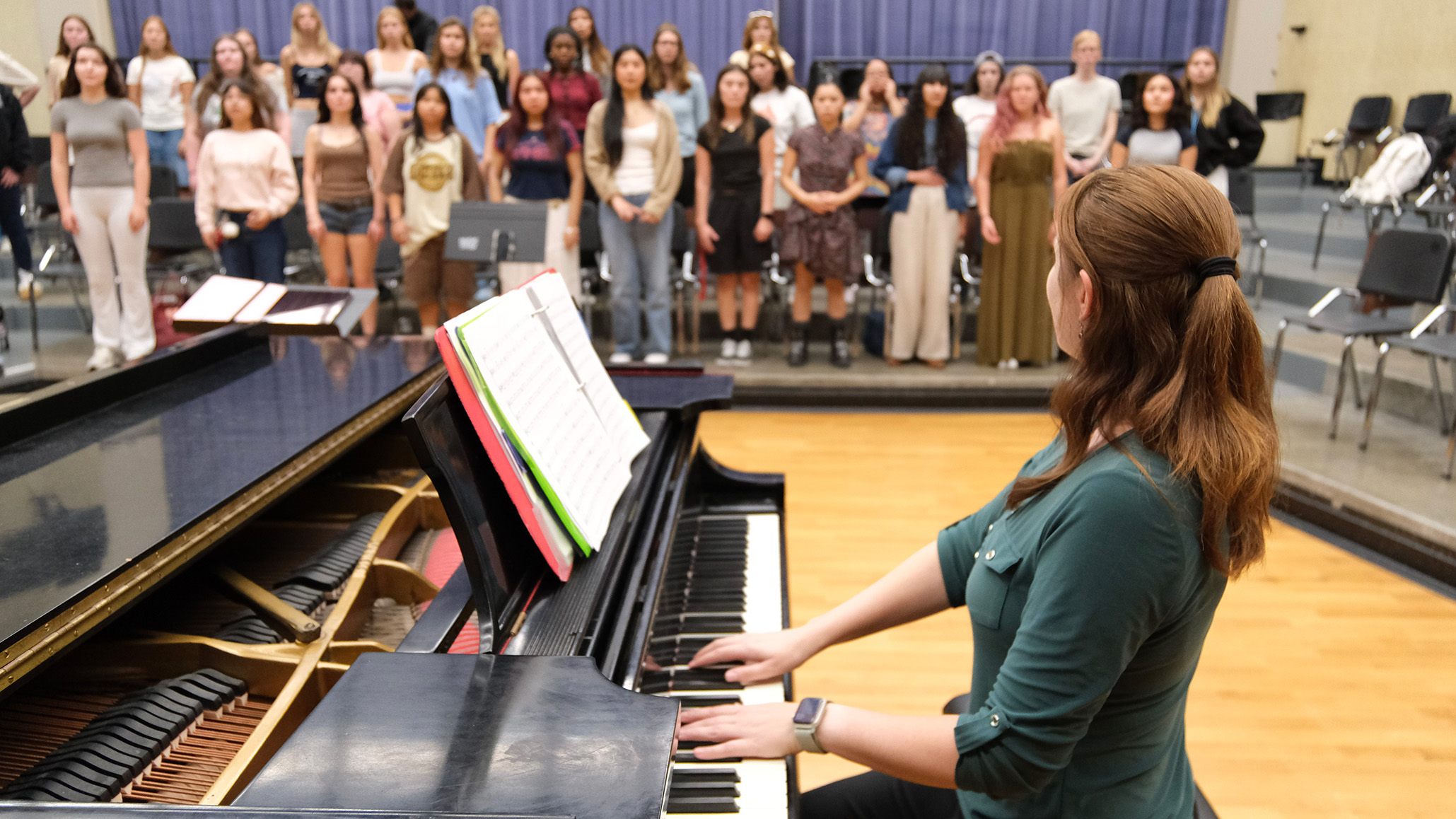Past is Present
Risa Levitt Kohn is curator of the new Dead Sea Scrolls exhibition in Los Angeles.

“Now we understand it to have been much more complicated and fluid. It was more of a simultaneous emergence from the Israelite religion of the biblical era, and the Dead Sea Scrolls shed light on that.”
How does a researcher captivate a modern audience with a 2,000-year-old story? Risa Levitt Kohn started with an iPad.
As curator of the Dead Sea Scrolls exhibition in Los Angeles’ California Science Center, Kohn decided to bookend her tale of ancient times with objects from the 21st century. And so the exhibition begins at a dig site in modern Jerusalem—with an iPad as part of the kit—and slowly takes visitors back to a tumultuous time in history before returning them to the present once again.
“The exhibition is very much like an excavation, where archaeologists peel away the layers to get deeper into the ancient past in order to understand its relevance to today,” said Kohn, chair of San Diego State University’s religious studies department.
A monumental discovery
The papyrus and parchment fragments known as the Dead Sea Scrolls are ancient texts and include the oldest known manuscripts of passages later included in the Hebrew Bible or Old Testament. Stored in caves near Qumran, in what is now the West Bank of Israel, they lay undetected until 1947. Many scholars consider the Dead Sea Scrolls the greatest archaeological discovery of the 20th century.
The current exhibition—Kohn’s ninth as curator—uses text, maps, multimedia, ancient objects and art to immerse museum-goers in the trappings of the biblical period and the Second Temple era, when the scrolls were copied and composed. It was created by Kohn and curators at the Israel Antiquities Authority.
Kohn spent a sabbatical year in Israel building the story and deciding which objects to include. Later, she worked with a design team in New York to create the look and visual elements of the exhibition.
“From making small labels for each object to working with teams of people on the design and installation, this exhibition was very much a collaborative effort,” she said.
Roots of modern religion
The Dead Sea Scrolls tap into public fascination with ancient history and antiquities, but Kohn said the fragments are much more than artifacts from the past. They reflect a period in time when the ancient biblical religion of the time was beginning to evolve into early Christianity and Judaism.
“Before the discovery of the scrolls, people saw the development of Judaism and Christianity as a linear progression,” Kohn said. “Now we understand it to have been much more complicated and fluid. It was more of a simultaneous emergence from the Israelite religion of the biblical era, and the Dead Sea Scrolls shed light on that period of our common heritage.”
New preservation technique
After the scroll fragments were discovered, scholars worked to reassemble them as manuscripts, but the adhesive they used damaged the delicate material.
Today, they are protected by conservators at the Israel Antiquities Authority (IAA), led by Pnina Shor. Only five specially trained staff members—all women—are permitted to handle the scrolls for shipment and installation in exhibitions worldwide.
Working with retired NASA scientist Greg Berman, the IAA has developed a technique to preserve the scrolls and eventually digitize them. The scrolls are photographed, first in color and then with infrared light, to reveal details the eye cannot see.
This procedure has helped identify new text passages that are likely to play a significant role in piecing fragments together and better understanding the significance of the scrolls, Shor said.
Hundreds of stories
The Dead Sea Scrolls exhibition will continue to travel around the United States, opening in a different city each year. As Kohn curates each successive exhibition, her appreciation for these historical artifacts grows and deepens.
“I’ve come to recognize that every one of the scrolls we prepare and put on display (and there are nearly 200 we’ve displayed so far) has its own unique story,” she said. “Although many of the fragments look alike, each one is so different in terms of what it says, how it came to be recognized and deciphered, how it compares with other copies of the same text and how it fits into the Dead Sea Scrolls story as a whole.”
The Los Angeles exhibition
The Dead Sea Scrolls exhibition at the California Science Center runs through Sept. 7, 2015. It features sections from 10 scrolls, many never before seen in the United States.



